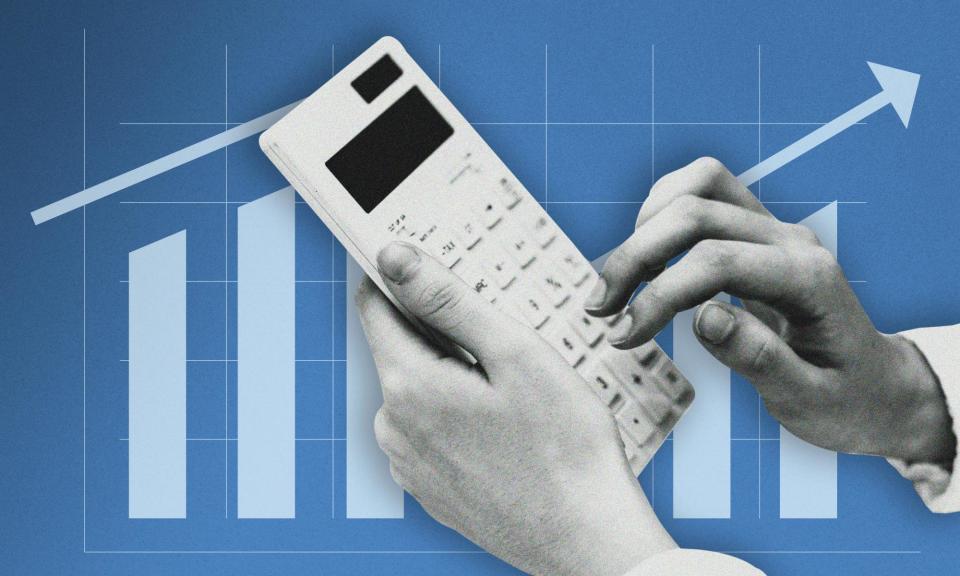Inflation calculator: find out how much UK household price rises affect you

Inflation has been soaring in the UK, with people being hit by higher prices for everyday essentials, but cost of living pressures are finally starting to ease.
The latest inflation rate for the 12 months to November 2023 means that goods and services cost 3.9% more than they did a year ago – in most cases, surpassing any pay rises workers can expect to receive.
However, you could have a different, personal inflation rate depending on what you typically buy each month. This is because some items have gone up by more in price than others.
The Office for National Statistics has built a personal inflation calculator, allowing you to see what inflation looks like for your household. Use it below to see how prices are changing in your budget, and which items are contributing most to your rising cost of living.
This calculator does not store any information you enter.
Note: the ONS calculator uses the CPIH measure of inflation, which includes housing costs for those who own their home. It is based on the current inflation rate and does not include the latest energy price cap rise, which comes into effect in October.

 Yahoo Finance
Yahoo Finance 